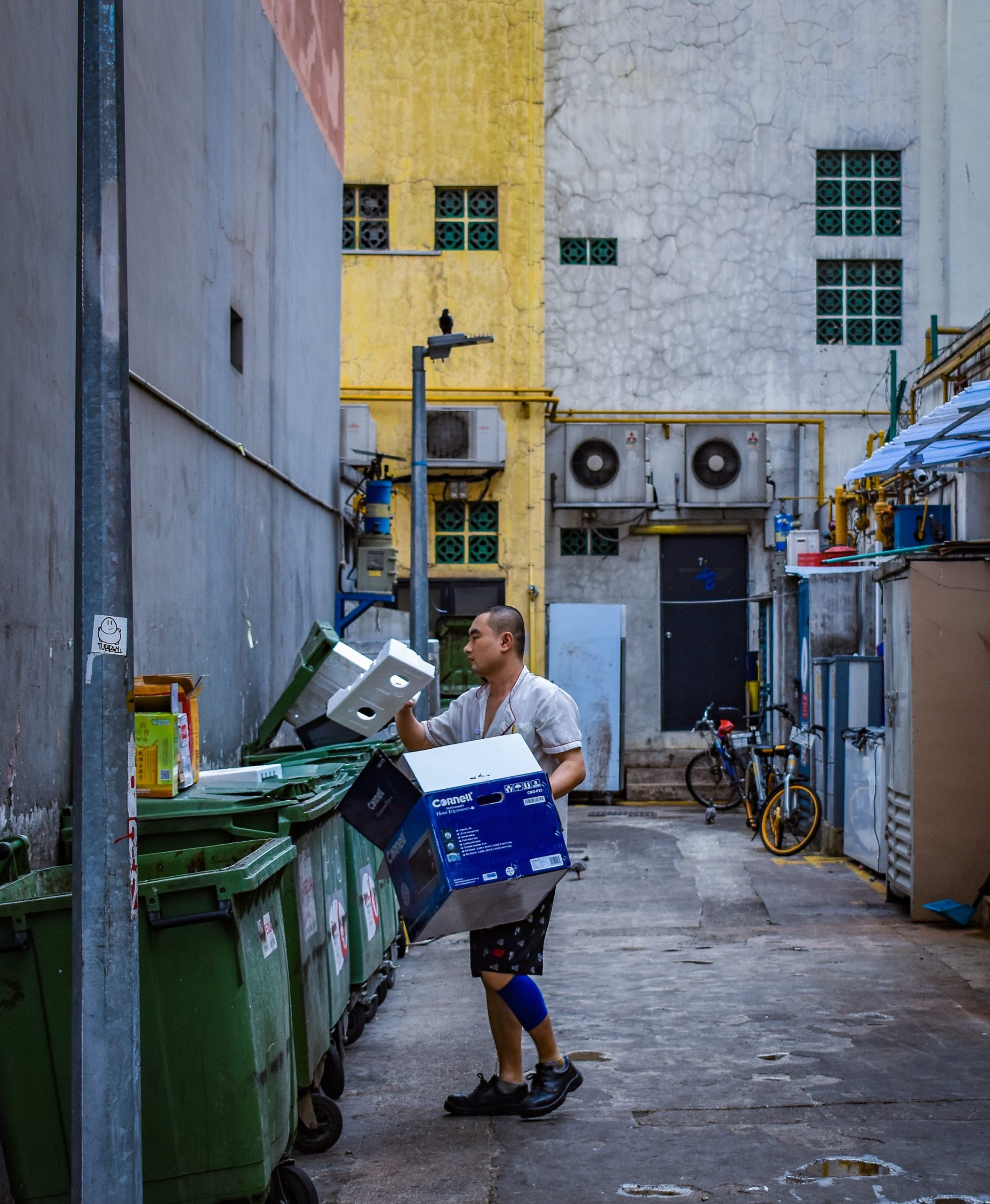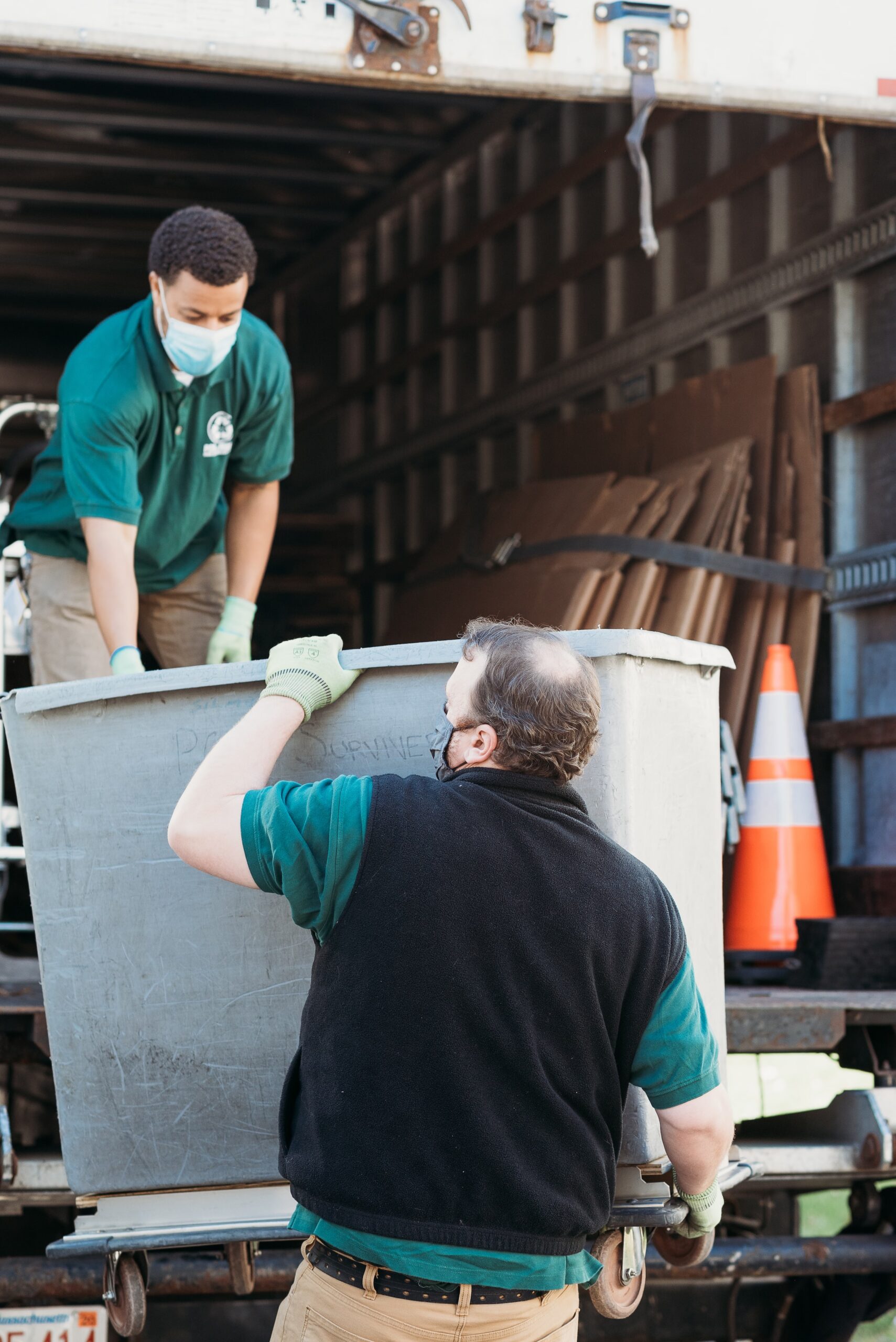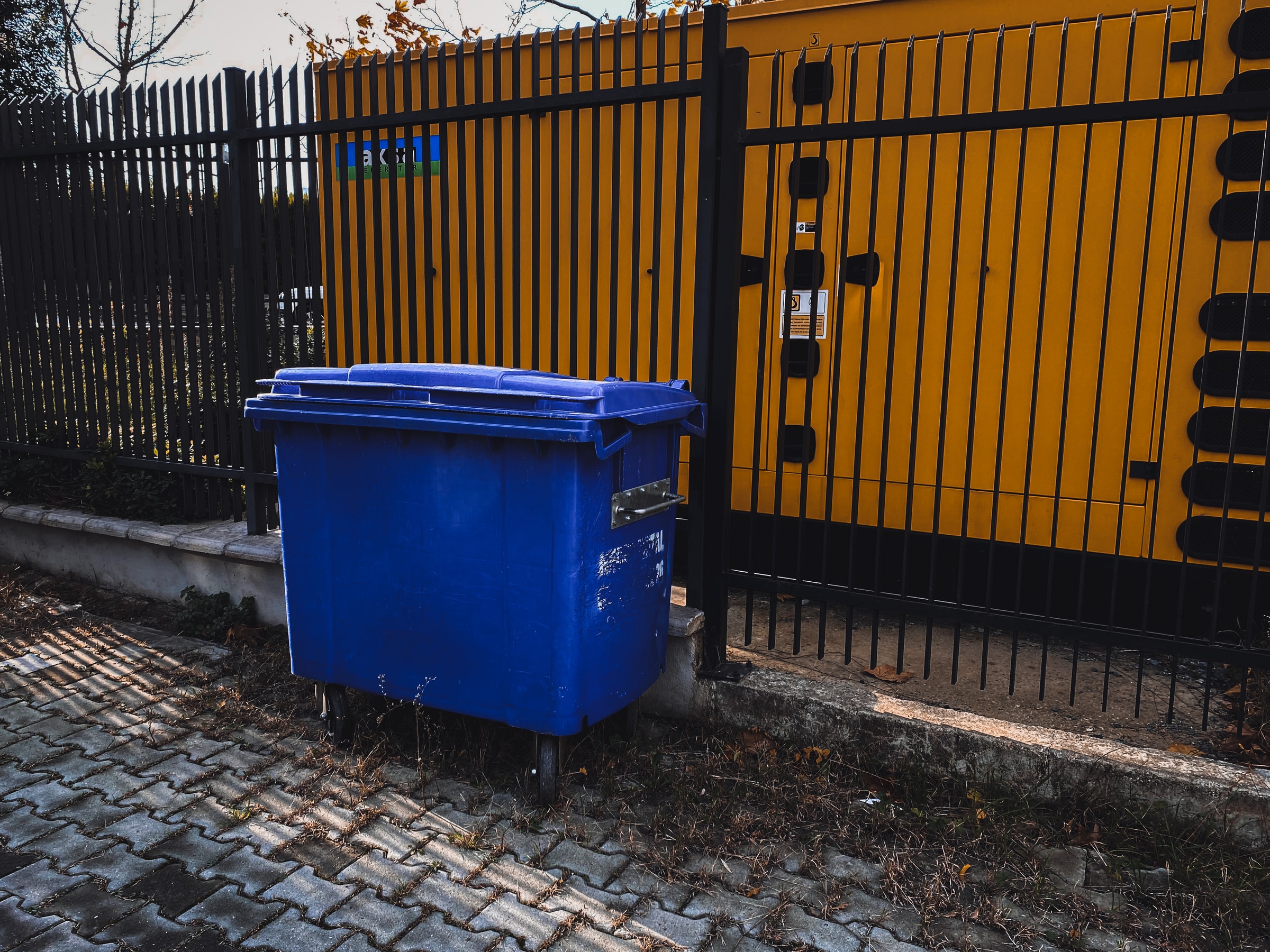Many of these wastes contribute to environmental pollution. Among these are demolition materials. There are entities that are specialized in the recycling of these materials. Would you like to know how it goes? Find out everything you need to know about recycling demolition materials here. So, without further ado, let’s dive into this blog and learn some of the things you need to know about the subject at hand.
Some benefits of recycling demolition materials

The rules in force require that inert waste that cannot go to landfill must be recycled by companies specializing in the collection and treatment of waste from inert demolition materials. Although inert waste presents no risk of pollution or danger to humans, illegal dumping is a source of visual pollution.
However, demolition materials after construction work constitute a potential source of raw materials, and as such, they must be valued more. Their recycling has the main objectives of preserving the environment, saving exhaustible resources from quarries, and increasing the competitiveness of recycling companies. In addition, this contributes to the reduction of surfaces for the storage of waste. This makes better use of the land.
Classification of recycled demolition materials
Demolition materials from recycling are generally waste. These are classified into several categories. First, there is inert waste which does not undergo any modification during storage. They do not burn and cause no chemical or physical reaction. In other words, these materials are not harmful to human health or the environment. These materials include tiles, glazing, concrete, earth, and other types of waste without hazardous substances.
Then, non-hazardous and non-inert wastes present no danger. These are non-toxic or explosive. They come from the packaging of all kinds, insulation, untreated wood, hardware, etc. Finally, hazardous waste represents 2% of waste. They pose a risk to health and the environment. Among these wastes, you have asbestos, electrical equipment, chemicals, etc.
Recovery of demolition materials
In many countries, there is no regulatory provision defining the acceptable conditions from an environmental and technical point of view relating to the use of waste as a secondary raw material in the construction of buildings or civil engineering works. However, certain regulatory texts have been created in order to supervise each project for the recovery of certain materials. These include foundry sand, bottom ash from the incineration of household waste, and ash from coal-fired power stations.
Then, certain wastes have been used for years given their particular technical characteristics and make it possible to bring a particular property to the building materials in which they are incorporated. For this, technical standards make it possible to control the technical suitability of some secondary raw materials for recovery.
These concern the use of demolition waste in road engineering and silica fume in the production of high-performance cements. It is also fly ash from coal in the production of cement and blast furnace slags.
Texts relating to the storage of demolition materials

The storage of waste from demolition materials is governed by texts. Indeed, the decree of December 30, 2002, relating to the storage of hazardous waste, provides for the storage conditions of hazardous waste. The storage conditions for non-hazardous waste, in particular the storage of bound asbestos and plaster waste, is defined by the decree of 09/09/1997.
According to the decree of September 22, quarries in progress or at the end of operation can be backfilled with external materials. First, sorting must be done beforehand. With regard to the storage of inert waste, the decree of October 28, 2010, provided for the possibility of adapting the behavior of a precise quantity of waste in a given storage facility and the impact on the environment and health.
Sound off in the comments section below, and tell us what you want to read next and if you want to read more about recycling building material.
